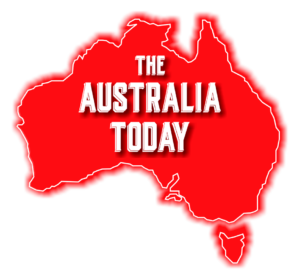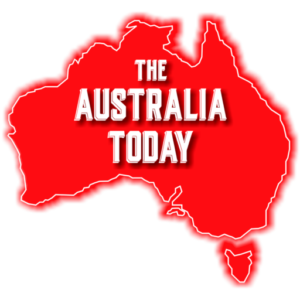Australia’s capital cities have experienced a substantial population surge, with Melbourne leading the growth, according to the latest data from the Australian Bureau of Statistics (ABS). In the 2023-24 financial year, Melbourne added 142,600 people, surpassing all other cities. Sydney followed closely, recording an increase of 107,500 residents.
Perth and Brisbane also saw significant growth, with each city adding around 73,000 people. Perth recorded the highest growth rate at 3.1%, while Melbourne and Brisbane experienced a 2.7% increase. The overall population boost was largely driven by overseas migration, contributing to 373,000 of the total increase. Natural population growth, through births exceeding deaths, added 89,500 people.

Melbourne’s west emerged as one of the fastest-growing regions in the country. Suburbs like Fraser Rise-Plumpton and Rockbank-Mount Cottrell saw more than 4,000 new residents each. With its affordable housing, improved infrastructure, and ongoing urban development projects, the western suburbs have become a magnet for new migrants and young families.
Local councils have expressed concerns about the pressure on public services and infrastructure as growth accelerates. Calls for increased funding to expand schools, hospitals, and transport networks are mounting, with residents demanding faster responses from policymakers.

Other Australian cities also experienced notable population growth. Sydney saw a substantial increase of 107,500 people, though it faced a net loss from internal migration as more people moved to other states. However, it remained a key destination for international arrivals.
Perth and Brisbane benefited from both overseas migration and internal migration. Perth’s population grew by 3.1%, the fastest rate among the capital cities, while Brisbane maintained a strong 2.7% growth.

In regional Australia, populations surged in areas like Caloundra West-Baringa in Queensland, which added 2,500 residents. Canberra’s outer northern suburb of Taylor recorded the highest national growth rate at 29%, while nearby Googong in New South Wales saw a 16% increase.
Experts predict that migration will continue to fuel growth in capital cities and regional hubs, particularly in areas offering affordable housing and employment opportunities. However, balancing this growth with adequate infrastructure development remains a significant challenge.
The next ABS update on regional population trends is scheduled for release on March 31, 2026. Until then, city planners and policymakers will closely monitor the effects of ongoing migration and urban expansion across Australia.
Australia’s evolving population landscape is a testament to its enduring appeal as a destination for migrants, providing both opportunities and challenges for communities nationwide.
Support Our Journalism
Global Indian Diaspora and Australia’s multicultural communities need fair, non-hyphenated, and questioning journalism, packed with on-ground reporting. The Australia Today – with exceptional reporters, columnists, and editors – is doing just that. Sustaining this needs support from wonderful readers like you.

Whether you live in Australia, the United Kingdom, Canada, the United States of America, or India you can take a paid subscription by clicking Patreon and support honest and fearless journalism.





